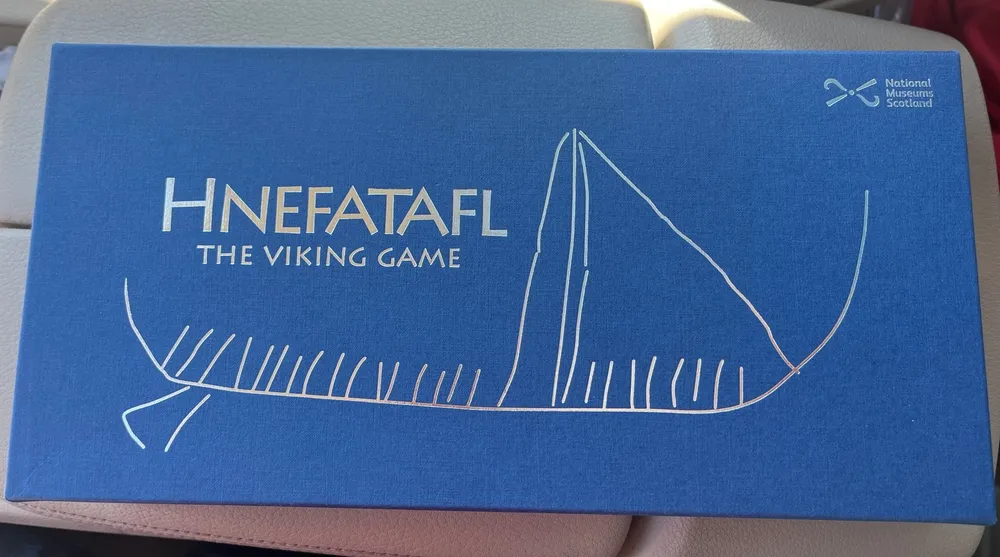Hnefatafl (400)
Hnefatafl, also known as Viking Chess, was a popular board game in medieval Scandinavia and is believed to have its origins in the Roman game Ludus latrunculorum. The game was mentioned in several Norse sagas and was played on a checkered wooden tablet similar to the modern-day chess board.
Hnefatafl was particularly popular in Nordic countries and followed the Viking civilization to other parts of Europe, primarily to the British Isles and the Viking country of Garðaríki in what is now part of Russia.
The game was played for tactical reasons and involved two players, one of whom had to capture the king while the other aimed to bring the king to safety in one of the board’s four corners. The game mimics an attack on a castle where the king is residing on his kunakis, and if the attackers succeed in capturing him, they win.
Hnefatafl was a significant game in Viking culture, as it was played among the upper classes, and gaming pieces were sometimes made of prestigious materials. The game’s popularity began to decline in the 11th century when chess became more popular, and it eventually lingered on only in remote country districts. The game was last recorded as being played in Wales in 1587 and in Lappland in 1723.
Unfortunately, the rules of Hnefatafl were never explicitly recorded, and only playing pieces and fragmentary boards are extant. As a result, modern players often devise their own rules to make the game playable.
Game Components of Hnefatafl
How To Setup Hnefatafl
The game is set up with the king placed in the central square of the board. The king is surrounded by his defenders, who are positioned on the eight adjacent squares in a cross formation. The attackers are placed in groups of four at the center of each edge of the board, in direct contact with the defenders.
Gameplay Mechanics and Game Objective
Player Experience
Hnefatafl offers a unique and challenging strategic experience. The game requires players to think several moves ahead, mirroring the tactical maneuvering needed in battles and conquests. Despite its simplicity, the game is rich in strategy and outcomes, making it engaging and replayable. Players appreciate the clear instructions and the game’s ability to be both fun and intellectually stimulating.
Pros
Cons
Personal Thoughts on Hnefatafl
Hnefatafl is for anyone who enjoys strategic board games and is interested in history. It is particularly appealing to those who appreciate games that require tactical thinking and planning. The game is suitable for players of all ages, though it may be more enjoyable for those with some experience in strategy games. It makes a great gift for board game enthusiasts and history buffs, offering a unique blend of entertainment and educational value.
We are supported by our audience. When you purchase through links on our site, we may earn an affiliate commission, at no extra cost for you. Learn more.

